Archives of Sports Medicine and Physiotherapy
Assessing the Relationship between Body Composition and Spinal Curvatures in Young Adults
Ferruh Taspinar*, Ismail Saracoglu, Emrah Afsar, Eda O Okur, Gulce K Seyyar, Gamze Kurt and Betul Taspinar
Cite this as
Taspinar F, Saracoglu I, Afsar E, Okur EO, Seyyar GK, et al. (2017) Assessing the Relationship between Body Composition and Spinal Curvatures in Young Adults. Arch Sports Med Physiother 2(1): 010-015. DOI: 10.17352/asmp.000005Introduction: Although it is thought that abdominal adiposity is one of the risk factor for postural deviation, such as increased lumbar lordosis, the studies in the literature only explored the effects of body mass index on spinal alignment and postural changes. The aim of this study was to investigate the correlation with detailed body composition and spine alignment in healthy young adults.
Materials and Methods: This cross-sectional study was conducted with sixty seven healthy volunteers (37 men and 30 women) whose ages ranged between 18 and 25 years. All participants’ sagittal spinal curvatures of lumbar and thoracic region were measured via Spinal mouse® (Idiag, Fehraltorf, Switzerland). Also, body composition analysis (total fat ratio, total muscle ratio, visceral fat ratio, and body muscle ratio) estimation by means of bioelectrical impedance were evaluated via Tanita Bc 418 Ma Segmental Body Composition Analyzer (Tanita, Japan). Pearson’s correlation was used to analysis among the variables.
Results: The mean lumbar lordosis and thoracic kyphosis angles were 21.02°±9.39, 41.50°±7.97, respectively. Statistically analysis showed a significant positive correlation between total fat ratio and lumbar lordosis angle (r=0.28, p=0.02). Similarly, there was a positive correlation between visceral fat ratio and lumbar lordosis angle (r=0.27, p=0.03). The thoracic kyphosis angle showed also positive correlation with total fat ratio (r=0.33, p=0.00) and visceral fat ratio (r=0.40, p=0.01). The total muscle ratioshowed negative correlation between lumbar lordosis (r=-0.28, p=0.02) and thoracic kyphosis angles (r=-0.33, p=0.00), although there was no statistically correlation between trunk muscle ratio, lumbar and thoracic curvatures (p>0.05).
Conclusion: The study demonstrated that an increase of fat ratio and decrease of muscle ratio in abdominal region or whole body shifts the spinal alignment which may adversely affect the spinal loading. Therefore, body composition should be taken into account in spine rehabilitation.
Introduction
Nourishment is not only necessary for growth and life, but also protects the health. Insufficient or unbalanced nourishment is an important health problem, associated with many chronic diseases, which is predicted to be more often observed in the next decade. One of the groups at risk in terms of nourishment is young adults. Previous studies have reported that young adults were not sufficiently nourished in a balanced way [1,2].
One of the methods providing objective data about the nourishment status and habits of individuals is body composition analysis. In this method, which is routinely used in practice, the segmental and total fat, muscle and liquid percentages of individuals are calculated, thus providing clinicians with detailed clinical data [3]. Changes in body composition might lead to many physical and physiological health problems such as postural problems. In modern societies, reasons such as poor habitual posture together with technology, a sedentary lifestyle, and unbalanced nourishment might alter the posture and spinal alignment [4]. Body Mass Index (BMI) values above the normal level lead to an increase in thoracic kyphosis and lumbar lordosis, while values lower than normal might cause scoliosis resulting in a deterioration of spinal alignment [5,6]. These deteriorations in spinal alignment may cause future spinal problems such as lumbar and neck pain and thereby become a significant healthcare cost burden [7].
The studies in literature on the effects of body composition on spinal alignment are limited to BMI assessments, and thus there are many studies on this subject examining segmental and total fat and muscle distribution in detail. Therefore, the aim of this study was to examine the effects of the body/total, fat/muscle ratios and visceral adiposity in addition to BMI, on lumbar and thoracic spinal alignment in young adults.
Materials and Methods
Subjects
This cross-sectional study was conducted in the Physiotherapy and Rehabilitation Department of School of Health Science, Dumlupinar University. The study included 67 young adults aged 18- 25 years, who met the inclusion criteria. These inclusion criteria were defined in order to minimize the effects of age at the time of spinal curvatures. Any participants with systemic disease and/or spinal pathology, a previous diagnosis of a musculoskeletal systemic problem, a history of spinal and extremity intervention, and those using ancillary equipment or orthosis were excluded from the study.
The researchers obtained required permissions from the Research Committee of Dumlupinar University. In accordance with the Helsinki Declaration, informed consent was obtained from all participants. The demographic data such as gender, height, exercise, and smoking habits were obtained using a form specifically prepared for this study.
Procedures
Body composition analysis
Body composition analyses of the participants were performed using Tanita Bc 418 Ma Segmental Body Composition Analyzer (Tanita, Japan). Tanita Bc 418 Ma is a single-frequency bio-impedance analyzer with 8 polar electrodes. This device allows the mass of different body segments to be determined separately. It computes the impedance, age, and height data and calculates the estimated fat and muscle mass for each segment. In this study, the BMI, visceral, body, and total fat percentages and body and total muscle ratios were determined.Body fat and muscle ratio means the fat and muscle ratios in the body except extremities.
Evaluation of spinal curvatures
The angle of thoracic kyphosis and lumbar lordosis were assessed using Spinal mouse® (Idiag, Fehraltorf, Switzerland) device. Spinal mouse is a non-invasive method examining the spinal angle and spinal deformities in the sagittal plane. With a manually controlled digital inclinometer, this device measures the distances and angles between the vertebrae by moving along the spinous process from the 7th cervical vertebra towards the 3rd sacral vertebra. These measurements are transferred using Bluetooth technology, and then monitored on the screen. Using the software of this device, the data seen on screen are used to examine the positional relationship between each of the vertebrae, to measure the angles between the vertebrae, and to calculate the angles of sagittal and frontal curvature [8]. In the present study, the thoracic and lumbar curvatures of participants were examined through the measurements in anatomic position (Figure 1), maximum trunk flexion (Figure 2), and maximum trunk extension (Figure 3). The kyphosis and lordosis angles were then calculated using the software.
Statistical analysis
The data obtained as a result of this study were analyzed using SPSS 20.0 statistics software. The mean values, frequency distribution, standard deviation and percentages of descriptive data were calculated. The relationships between the measurement parameters were analyzed using Pearson correlation analysis. In correlation analysis, the correlation coefficients between 0.00 and 0.19 were considered as “no relationship”, those between 0.20 and 0.39 as a “weak relationship”, those between 0.40 and 0.69 as a “mid-level relationship”, those between 0.70 and 0.89 as a “strong relationship”, and those between 0.90 and 1.00 as a “very strong relationship”. The level of significance in statistical analyses was set at 0.05.
Results
A total of 90 subjects were enrolled in this study and after exclusion of 23 who did not complete the assessments, the study was completed with 67 subjects. The mean age of the participants was calculated to be 21.59±1.45 years. The demographic data, body composition analysis data, and lordosis and kyphosis angle values of the subjects are presented in Tables 1,2.
There is no relationship between BMI and kyphosis angle (p>0.05) and no relationship with the lordosis angle (p>0.05). A statistically significant positive relationship was found between total and body fat ratio and kyphosis and lordosis angles (p<0.05) (Table 3) (Figures 4-7).
No relationship was found between the visceral fat and body muscle percentages and the angles (p>0.05). A negative, weak, significant relationship was found between total muscle percentage and kyphosis and lordosis angles (p<0.05) (Figures 8,9). The p and r values of these data are presented in Table 3.
Discussion
In this study, the relationship between body composition and spinal alignment was examined. It was concluded that kyphosis and lordosis angles have a positive relationship with total and body fat ratios and a negative relationship with total muscle ratio.
Studies have frequently reported a relationship between body type and composition and body posture [9,10]. Thus, it can be thought that different body types and compositions might affect spinal alignment. However, there are few studies in literature that have examined the relationship between body composition and the spinal alignment. In a study by Mauriciene and Baciuliene, of 405 adolescents aged between 10 and 13 years, the relationship between height, weight, fatty and fatless mass and lumbar lordosis and thoracic kyphosis curvatures was examined. Using the skinfold, the total fat ratio was calculated with Slaughter’s formula. Total fat percentage was found to have a weak positive relationship with thoracic kyphosis angle, while no relationship was found between the total fat percentage and lumbar lordosis [11]. In another study by Sanchez et al. (2014), of 36 participants aged under 40 years, the comparison spinal curvatures between normal weight and obese participants was investigated. Using the biplanar electromagnetic device, spinal curvatures was determined. They found that there were a significant difference in thoracic kyphosis between obesity and normal weight participants [12]. Similarly, in the current study, a positive relationship was found between total fat percentage and thoracic kyphosis angle. Furthermore, a weak relationship was also determined between lumbar lordosis and total fat percentage.
In this study, the more realistic and objective approach of the bio-impedance analyzer method was employed and the total fat and muscle ratios were evaluated together. In addition to the fat ratio, a negative relationship was found between the total muscle percentage and the thoracic kyphosis and lumbar lordosis. Accordingly, total fat percentage is an important parameter that should be examined. Therefore, in addition to the changes in total fat percentage, it is also thought that the changes in muscle ratio might affect the spinal deformities.
In body composition analyses, generally the total fat percentage is considered, while it has been frequently reported in literature that visceral adiposity might also cause spinal problems such as lumbar pain [13,14]. Souza et al., reported that in individuals with a high level of visceral adiposity, the lumbar lordosis angles might increase due to the anterior dislocation of the gravity line. In contrast to that study, no significant relationship was found between visceral adiposity percentage and thoracic kyphosis and lumbar lordosis in the present study. This might be because of the low level of mean visceral adiposity (2.35%) of the participants involved in this study. Further studies may re-examine this relationship in individuals with a high visceral adiposity level.
Deviation of spinal curvatures from the normal levels may alter the load on the spinal column. Especially in obese individuals, the increase in body weight or the deteriorated body composition increase the spinal load. Moreover, the increases in spinal curvatures also shorten the moment limb of the spinal muscles. This leads the muscles, which try to resist the increased spinal load, to be affected negatively [15]. For example, the increase in lumbar lordosis causes spinal hyperextension, in addition to laying the foundation for spinal disorders such as intervertebral disc injuries, postural instability, and chronic lumbar pain by increasing the repetitive compression loads on the vertebra [16]. In the present study, it was also observed that the lumbar lordosis values increased as a result of increase in total fat ratio and decrease in muscle ratio. Therefore, individuals with a high fat percentage might be in a risk group and the body composition analyses should be considered while assessing these patients. On the contrary, low BMI and fat percentage might cause scoliosis resulting in a deterioration of spinal alignment. In this regard, Clark et al. (2014) aimed to identify whether body composition analysis can be used for predicting scoliosis before the onset of clinically detected scoliosis. They showed a negative correlation between BMI and scoliosis reflecting of combination of reduced fat mass and lean mass and with a %20 reduced risk of scoliosis per SD increase BMI. Therefore, it can be thought that the measurement of spinal curvature and body composition analysis could be good parameters to detect and prevent injuries, and these measurements should be part of the anthropometric analysis [17].
According to previous researchers, increasing physical activity is an efficient method of decreasing the fat level. In literature, many exercise approaches have been reported to increase fat loss [18-20]. Considering the results of these studies, it can be stated that increasing physical activity might approximate the spinal alignment to the optimal levels by decreasing the fat ratio at the segmental level or in the entire body. From this aspect, to resolve spinal problems originating from spinal alignment deteriorations, exercises inducing fat loss and increasing the general muscle mass might be added into rehabilitation programs.
In literature, the studies examining the effects of body composition on spinal alignment have primarily used BMI. One of the strengths of the present study is the examination of the effect of total fat/muscle ratio on spinal alignment, which is more detailed than the use of BMI only. Another strong aspect of the study was the use of Spinal Mouse, which offers objective data, in examining the spinal deformities. Contrary to expectations, it was concluded that visceral fat and body muscle ratio values were not significantly related to spinal alignment. Limitations of the present study were the low number of obese individuals involved and the low level of visceral adiposity. The authors did not analyze the correlation body composition and spinal curvature between genders, height, weight, BMI, exercise, and smoking habits. Further studies may investigate the effect of these parameters on the relationship between body composition and spinal curvatures.
Conclusion
In conclusion, this study revealed that spinal alignment might be deteriorated as a result of an increase in total fat ratio and a decrease in muscle proportion. Since the load on the spinal column might change as a result of the effects on spinal alignment, body composition analyses should be considered in the treatment of vertebra-related disorders and when necessary, the patients should be referred to a dietician or physician for regulation of dietary habits and to a physiotherapist to improve exercise habits. Therefore, physiotherapists should be included in a multidisciplinary team to evaluate body composition and spinal alignment and in the planning of preventive exercise approaches.
- Arslan SA, Daşkapan A, Çakır B (2016) Specification of nutritional and physical activity habits of university students. TAF Preventive Medicine Bulletin 15: 171-180. Link: https://goo.gl/V34f09
- Vancelik S, Önal S, Güraksın A, Beyhun E (2007) Related factors with nutritional habits and nutrition knowledge of university students. Türk Sİlahlı Kuvvetlerİ, Koruyucu Hekİmlİk Bültenİ 6: 242-248. Link: https://goo.gl/afJH7A
- Thibault R, Genton L, Pichard C (2012) Body composition: why when and for who? Clinical nutrition 31: 435-447. Link: https://goo.gl/Zh4z7i
- Radzevičienė L, Kazlauskas A (2016) Posture Disorders and Their Causes in Rural School Pupils. Social Welfare: Inter disiplinary Approach 1: 118-125. Link: https://goo.gl/Tuecxv
- Fabris de Souza SA, Faintuch J, Valezi AC, Sant'Anna AF, Gama-Rodrigues JJ, et al. (2005) Postural changes in morbidly obese patients. Obesity surgery 15: 1013-1016. Link: https://goo.gl/W0ay7g
- Lonner BS, Toombs CS, Husain QM, Sponseller P, Shufflebarger H, et al. (2015) Body Mass Index in Adolescent Spinal Deformity: Comparison of Scheuermann's Kyphosis, Adolescent Idiopathic Scoliosis, and Normal Controls. Spine Deformity 3: 318-326. Link: https://goo.gl/4Wpd0N
- Sjolie AN (2004) Associations between activities and low back pain in adolescents. Scandinavian Journal of Medicine & Science in Sports 14: 352-359. Link: https://goo.gl/fgizj9
- Livanelioglu A, Kaya F, Nabiyev V, Demirkiran G, Fırat T (2016) The validity and reliability of “Spinal Mouse” assessment of spinal curvatures in the frontal plane in pediatric adolescent idiopathic thoraco-lumbar curves. European Spine Journal 25: 476-482. Link: https://goo.gl/zAmHoM
- Alonso AC, Luna NMS, Mochizuki L, Barbieri F, Santos S, et al. (2012) The influence of anthropometric factors on postural balance: the relationship between body composition and posturographic measurements in young adults. Clinics 67: 1433-1441. Link: https://goo.gl/i5T8co
- Farenc I, Rougier P, Berger L (2003) The influence of gender and body characteristics on upright stance. Annals of human biology 30: 279-294. Link: https://goo.gl/A8bbgX
- Mauriciene V, Baciuliene K (2005) Spine's sagittal plane curves' coherence with anthropometric parameters in schoolchildren. Lithuanian Academy of Physical Education Biomedicine Sciences Education Physical Training Sport 3: 25-29. Link: https://goo.gl/Qo3NZp
- González-Sánchez M, Luo J, Lee R, Cuesta-Vargas AI (2014) Spine curvature analysis between participants with obesity and normal weight participants: a biplanar electromagnetic device measurement. Link: https://goo.gl/T00YU5
- Urquhart DM, Berry P, Wluka AE, Strauss BJ, Wang Y, et al. (2011) 2011 Young Investigator Award winner: Increased fat mass is associated with high levels of low back pain intensity and disability Spine 36: 1320-1325. Link: https://goo.gl/NCRk3m
- Brooks C, Siegler JC, Marshall PW (2016) Relative abdominal adiposity is associated with chronic low back pain: a preliminary explorative study. BMC Public Health 16: 700. Link: https://goo.gl/JPFEka
- Ghezelbash F, Shirazi-Adl A, Arjmand N, El-Ouaaid Z, Plamondon A, et al. (2016) Effects of sex, age, body height and body weight on spinal loads: Sensitivity analyses in a subject-specific trunk musculoskeletal model. Journal of Biomechanics 49: 3492-3501. Link: https://goo.gl/kSufLi
- Callaghan JP, McGill SM (2001) intervertebral disc herniation: studies on a porcine model exposed to highly repetitive flexion/extension motion with compressive force. Clinical Biomechanics 16: 28-37. Link: https://goo.gl/nAeYVr
- Clark EM, Taylor HJ, Harding I, Hutchinson J, Nelson I, et al. (2014) Association between components of body composition and scoliosis: a prospective cohort study reporting differences identifiable before the onset of scoliosis. Journal of Bone and Mineral Research 29: 1729-1736. Link: https://goo.gl/SMukVu
- Irwin ML, Yasui Y, Ulrich CM, Bowen D, Rudolph RE, et al. (2003) Effect of exercise on total and intra-abdominal body fat in postmenopausal women: a randomized controlled trial. Jama 289: 323-330. Link: https://goo.gl/MEyRRB
- Trapp EG, Chisholm DJ, Freund J, Boutcher SH (2008) The effects of high-intensity intermittent exercise training on fat loss and fasting insulin levels of young women. International journal of obesity 32: 684-691. Link: https://goo.gl/jXR3gW
- Thomas EL, Brynes AE, McCarthy J, Goldstone AP, Hajnal JV, et al. (2000) Preferential loss of visceral fat following aerobic exercise, measured by magnetic resonance imaging. Lipids 35: 769-776. Link: https://goo.gl/uqinAv
Article Alerts
Subscribe to our articles alerts and stay tuned.
 This work is licensed under a Creative Commons Attribution 4.0 International License.
This work is licensed under a Creative Commons Attribution 4.0 International License.
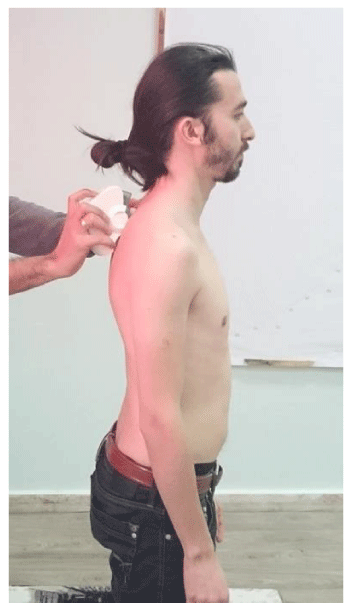
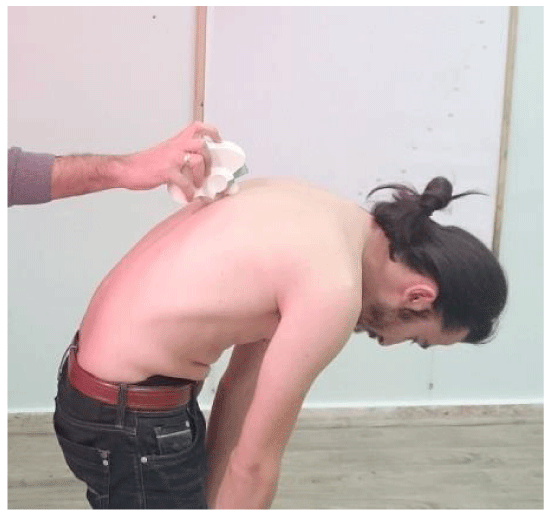
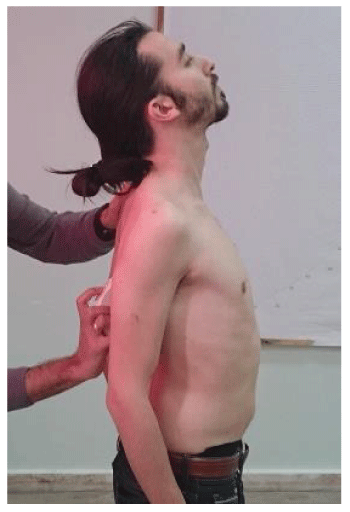
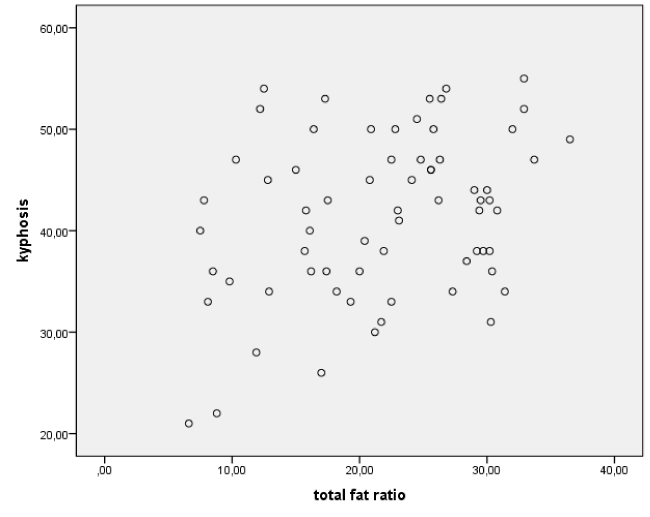
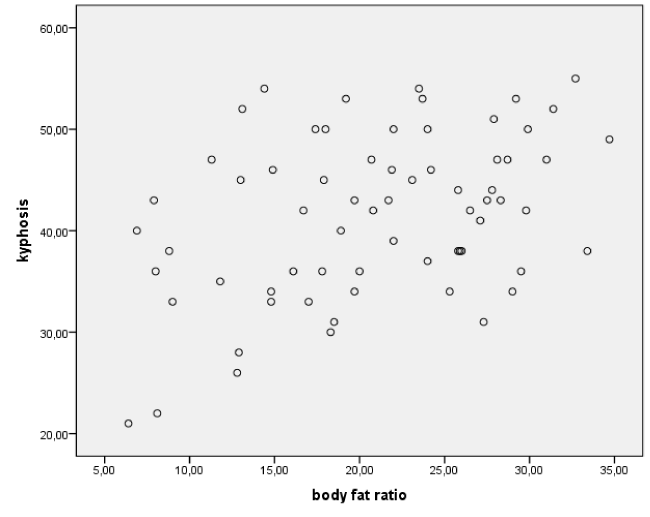
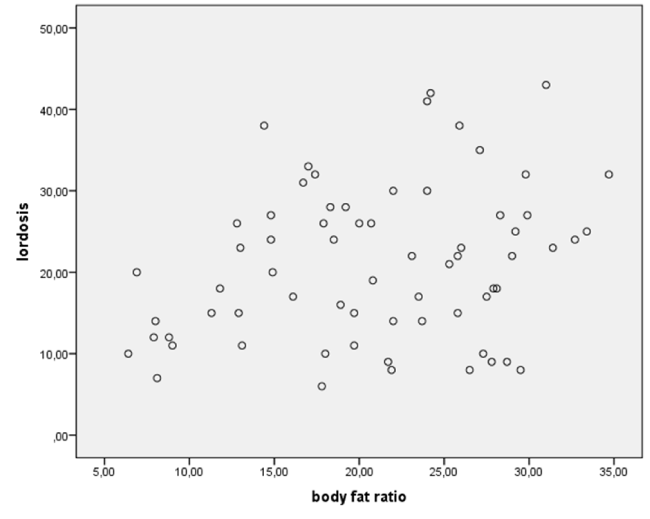
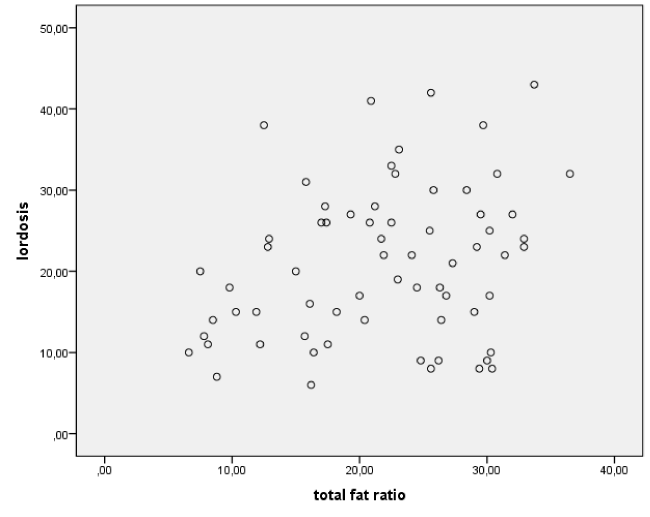
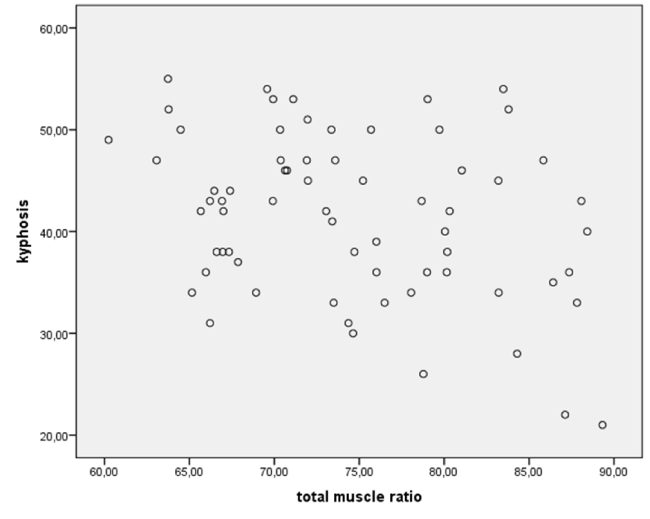
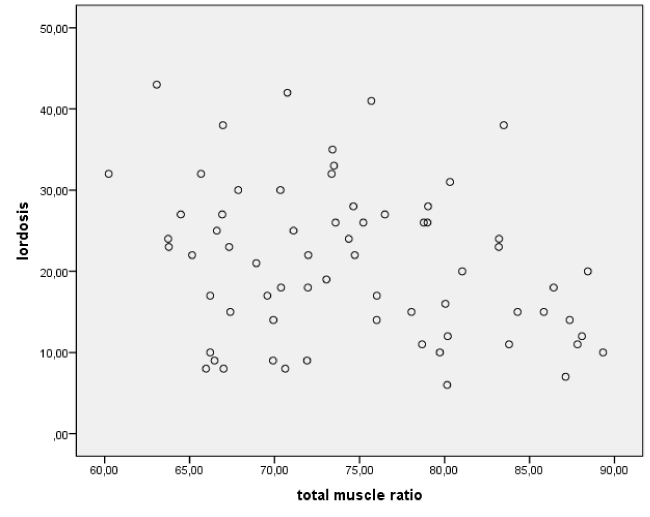

 Save to Mendeley
Save to Mendeley
